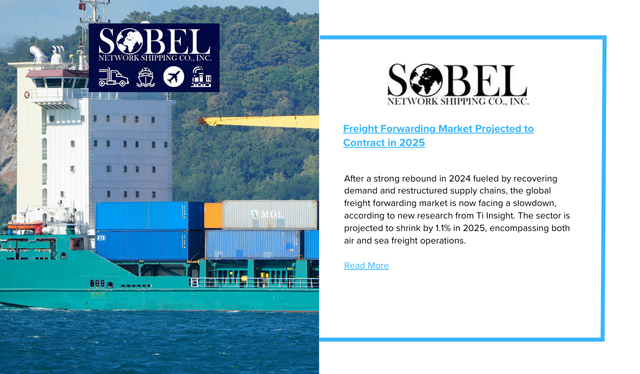After a strong rebound in 2024 fueled by recovering demand and restructured supply chains, the global freight forwarding market is now facing a slowdown, according to new research from Ti Insight. The sector is projected to shrink by 1.1% in 2025, encompassing both air and sea freight operations.
Rising tariffs are cited as a major factor dampening international trade flows and increasing costs for shippers, creating headwinds for forwarders. In addition, persistent disruptions in critical maritime corridors, including the Red Sea and the Panama Canal, continue to challenge global transport networks.
The report describes the market as entering a defensive phase, with freight forwarders contending with reduced cargo volumes, tighter margins, and heightened complexity across trade lanes.
Key takeaways include:
-
Uneven regional performance: Asia remains a key driver of global forwarding activity, while Europe faces continued economic pressures. North America benefits from resilient consumer demand and infrastructure investments, while Latin America and Africa are becoming more integrated into global trade.
-
Tariff-driven volatility: Shifting trade policies are expected to keep freight demand unpredictable, forcing forwarders to adjust to changing volumes and rerouted flows.
-
E-commerce momentum: Emerging markets are seeing significant logistics growth fueled by expanding e-commerce activity.
-
Strategic imperatives: Companies that emphasize operational excellence, digital agility, and adaptability will be best positioned to navigate the shifting landscape.
Analysts note that while the sector faces immediate challenges, forwarders that leverage technology, diversify trade lanes, and strengthen customer relationships may find opportunities in emerging markets and niche logistics segments.


